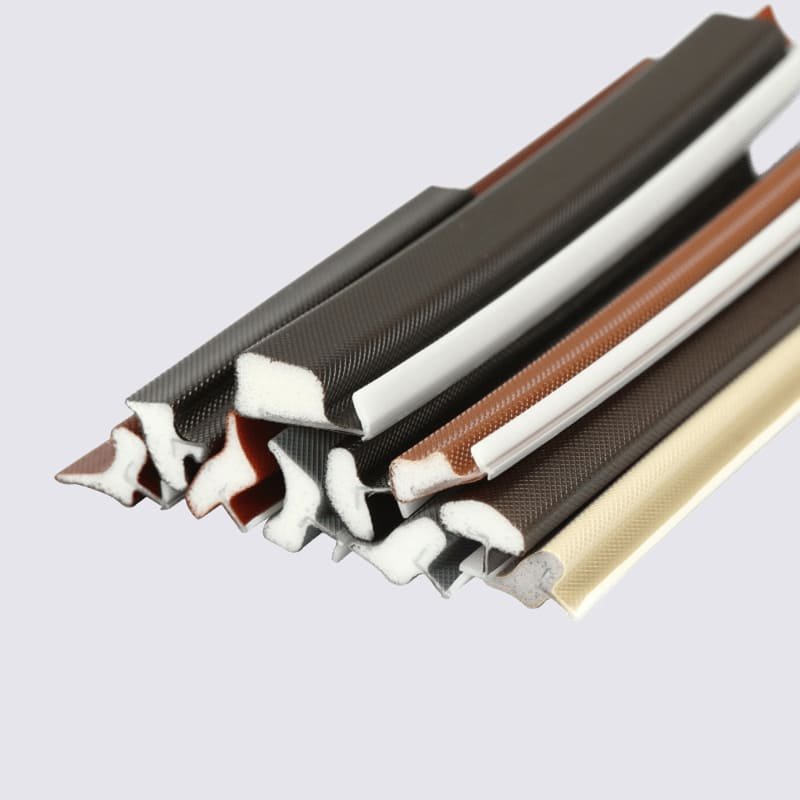실리콘 호스 are the preferred type of hose for the automotive industry as they offer a number of benefits over traditional rubber hoses. The main benefits associated with silicone hoses are:
TEMPERATURE RESISTANCE
Silicone hoses are well known for their excellent temperature resistance. They can withstand a wide range of temperatures, making them ideal for use in applications that involve exposure to high or low temperatures.
일반적으로, silicone hoses can withstand temperatures between -60°C and +230°C (-76°F to +446°F), although some specialty hoses can tolerate even higher temperatures up to 300°C (572°F) or more. This temperature range allows silicone hoses to be used in a variety of demanding applications, such as in high-performance racing engines, industrial ovens, and aerospace systems.
One of the key advantages of silicone hoses is their ability to maintain their flexibility and strength even at high temperatures. Unlike some other types of hoses, such as rubber hoses, silicone hoses do not become stiff or brittle when exposed to high temperatures, which can lead to cracking, 누출, and other types of damage.
Silicone hoses are also resistant to thermal cycling, which is the process of repeatedly heating and cooling a hose. This makes them a good choice for applications that involve frequent or rapid changes in temperature, as they can expand and contract without becoming damaged or losing their strength.
LIFE EXPECTANCY
The life expectancy of a silicone hose can vary depending on a variety of factors, including the specific application, 작동 조건, 및 유지 관리 관행. 일반적으로, 하지만, silicone hoses are known for their durability and long service life.
Silicone hoses are resistant to degradation from many common environmental factors, such as UV radiation, 오존, 그리고 수분, which can cause other types of hoses to deteriorate over time. 추가적으로, silicone hoses are typically resistant to many chemicals, making them less likely to be damaged by exposure to common fluids or cleaning agents.
올바르게 설치하고 유지 관리하는 경우, silicone hoses can last for many years without needing to be replaced. 하지만, in some cases, factors such as high temperatures, harsh chemicals, or mechanical stress may cause silicone hoses to degrade or fail prematurely.
To maximize the life expectancy of a silicone hose, it is important to ensure that it is properly installed, routed, and supported to prevent excessive bending or twisting that could lead to premature wear or failure. It is also important to regularly inspect the hose for signs of damage, 균열과 같은, 부푼 것, 또는 누출, and to replace the hose if any such issues are detected.
EASY TO WORK WITH
Silicone hoses are generally easy to work with, due to their inherent flexibility, 탄력, and low coefficient of friction. They can be easily cut to length using common cutting tools, such as scissors or a sharp knife, and can be easily attached to fittings or connectors using clamps, adhesives, or compression fittings.
One of the key advantages of silicone hoses is their ability to resist kinking or collapsing, even when bent or twisted, which makes them easier to install in tight spaces or around complex shapes. 추가적으로, silicone hoses are lightweight and easy to handle, which can make them easier to maneuver and position during installation.
Silicone hoses can also be easily shaped or formed to fit specific applications, either by bending or shaping the hose directly, or by using heat to soften the hose and then molding it into the desired shape. This allows for greater customization and flexibility in designing hose assemblies for specific applications.
NOISE & VIBRATION
Silicone hoses are known for their ability to dampen noise and vibration, making them a good choice for applications where these factors may be a concern.
Silicone is a flexible and elastic material that can absorb and dissipate vibrations, which can help to reduce noise and prevent damage to other components. 추가적으로, the smooth surface of silicone hoses can help to reduce turbulence and pressure drops, which can further reduce noise and vibration in fluid handling systems.
일부 경우에, silicone hoses may also be reinforced with fabric or wire mesh to provide additional strength and support. This can help to prevent hose collapse or deformation, which can lead to excessive noise or vibration.
WEATHER RESISTANCE
Silicone hoses are highly resistant to weathering and environmental exposure, making them a good choice for outdoor applications.
Silicone is resistant to UV radiation, 오존, 그리고 극한의 기온, which can cause other types of hoses to deteriorate over time. 추가적으로, silicone hoses are often resistant to moisture, which can help to prevent corrosion and rust in metal components that the hose may be connected to.
Because of their excellent weather resistance, silicone hoses are commonly used in a variety of outdoor applications, such as in automotive, 선박, and aerospace systems. They are also often used in industrial applications where exposure to harsh environmental conditions is common.
AESTHETICS
Silicone hoses are available in a range of colors and finishes, which can make them a good choice for applications where aesthetics are important.
Because of their high flexibility and ability to maintain their shape over a wide range of temperatures, silicone hoses can be easily molded into a variety of shapes and configurations, which can be customized to match the specific needs of the application. 추가적으로, many manufacturers offer custom color options, which can help to match the hose to the surrounding environment or create a desired visual effect.
Silicone hoses are commonly used in automotive and racing applications, where the appearance of the engine bay is often an important consideration. In these applications, brightly colored silicone hoses can add a distinctive and eye-catching look to the engine compartment.
READ NEXT:



